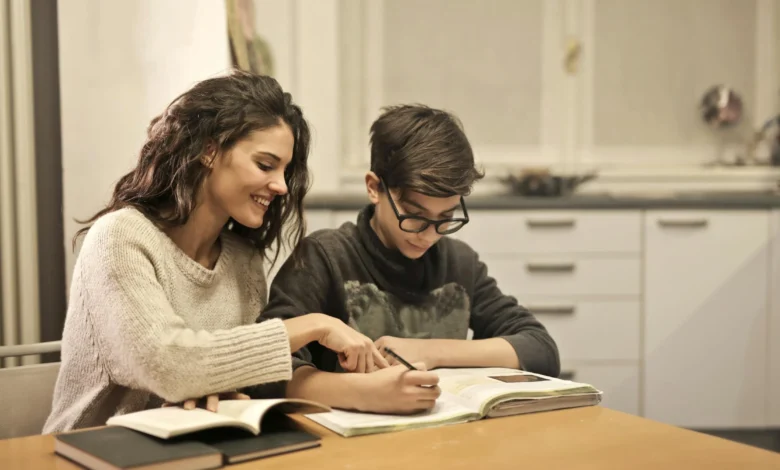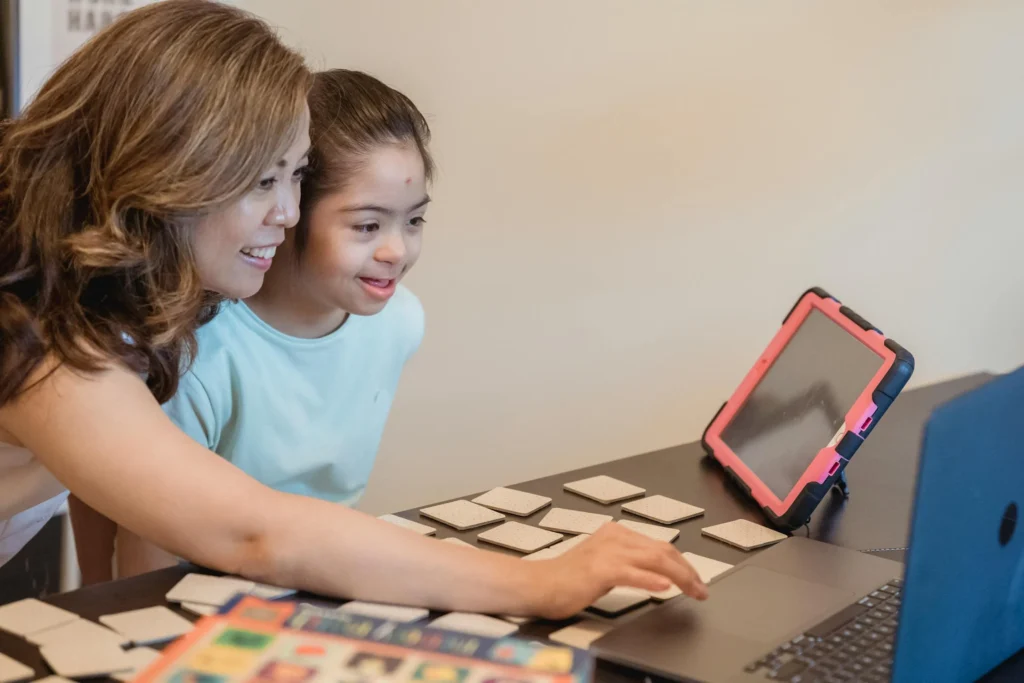The Teacher and Student Relationship: Building Bonds for Learning

A positive teacher and student relationship is at the core of an impactful educational experience. When mutual trust and respect flourish in the classroom, students are more likely to engage, excel, and feel valued. Teachers, in turn, can unlock their students’ full potential and cultivate a supportive environment where learning thrives.
This blog will explore the dynamics of teacher and student relationship, their impact on academic success, and practical strategies for educators and students alike. You’ll also find real-world examples and actionable insights for navigating these relationships in a technology-driven world.
Understanding the Dynamics of Teacher-Student Relationships
The Impact on Academic Performance and Student Well-Being
A strong teacher-student relationship doesn’t just create a warmer classroom—it significantly affects academic success and student well-being. Studies have shown that students perform better academically when they feel supported by their teachers. High-quality relationships foster motivation, encourage persistence, and reduce anxiety related to schoolwork or classroom activities.
Beyond academics, the psychological benefits are equally impactful. Students who feel connected to their teachers are more likely to feel a sense of belonging, which can protect against feelings of isolation and even reduce absenteeism. For teachers, forming positive relationships can lead to greater job satisfaction and fulfillment.
Factors That Influence the Quality of Teacher-Student Relationships
While the benefits of a robust teacher-student bond are clear, several factors influence the quality of these relationships, including:
- Classroom Size: Smaller classes often allow more personalized connections between teachers and students.
- Cultural Understanding: When teachers acknowledge and respect students’ diverse backgrounds, it lays the foundation for stronger relationships.
- Teaching Style: An approachable, empathetic teaching style fosters communication, while overly authoritative approaches may harm rapport.
Acknowledging these factors allows teachers and students to address challenges and create stronger bonds purposefully.
Techniques for Teachers to Improve Relationships with Students
Effective Communication Strategies
Communication is at the heart of any relationship. Teachers can improve the teacher-student relationship by:
- Actively listening to students’ concerns and perspectives.
- Using positive and constructive language, balancing praise with feedback.
- Creating accessibility by offering designated times for students to connect, such as office hours or post-class chats.
Encouraging a Supportive Learning Environment
A classroom’s culture significantly impacts how students feel about learning and engaging. Teachers can cultivate this environment by:
- Fostering inclusivity where every student feels valued, regardless of their skills or background.
- Recognizing and celebrating both small and large achievements to boost confidence.
- Encouraging collaboration among peers, helping students form connections with classmates.
Building Trust and Respect
Trust and respect are the backbone of any healthy relationship. Teachers can build these by:
- Consistently delivering on promises or commitments made to students.
- Respecting students’ opinions, even if they differ, to show gratitude for their input.
- Setting and modeling clear boundaries, showing a balance of leadership and empathy.
The Role of Students in Fostering a Healthy Relationship with Teachers
Active Participation and Engagement
Students play a vital part in building a meaningful teacher-student relationship. Showing active participation in lessons, asking thoughtful questions, and engaging in discussions signal to teachers that the student values their effort.
Open Communication and Feedback
Sharing honest feedback about teaching methods or classroom needs can be valuable to teachers. Constructive conversations help clarify misunderstandings and enhance the learning experience.
Mutual Respect
Showing respect for a teacher’s time, effort, and authority goes a long way. Students who arrive prepared, maintain classroom etiquette, and approach teachers with understanding foster a reciprocal relationship grounded in mutual respect.
Real-Life Examples and Success Stories

Case Studies of Schools with Strong Teacher-Student Relationships
A middle school in Oregon implemented a mentorship program designed to strengthen between teachers and students relationship. Teachers volunteered to mentor small groups of students outside of classroom hours, focusing on personal as well as academic growth. Over time, the students reported increased interest in their studies and a sharp downturn in behavioral issues.
Interviews with Educators and Students
Educators like Mr. Lewis, a high school science teacher, credit strong relationships for their students’ academic achievements. “My students aren’t just learners—they’re individuals. When I acknowledge that, they feel truly seen and heard, and that makes all the difference,” he shared during an interview.
One of his students, Kayla, reciprocated his sentiments, saying, “Mr. Lewis always listens. He made me feel like I could ask for help without judgment. That gave me the confidence to excel.”
These stories highlight the power of meaningful teacher-student connections and their far-reaching impact.
The Future of Teacher-Student Relationships in a Digital World
Challenges and Opportunities in Remote Learning Environments
The shift to online and hybrid learning has introduced both challenges and new opportunities. On one hand, the lack of face-to-face interaction can make fostering relationships harder. On the other, interactive tools like virtual breakout rooms and digital collaborative boards offer new possibilities for engagement.
Strategies for Maintaining Strong Relationships Despite Distance
Teachers and students can maintain robust relationships in a digital world using the following:
- Frequent Check-ins: Virtual one-on-one meetings create a personal connection despite the physical distance.
- Collaborative Tools like shared online boards or teamwork apps keep interaction alive.
- Encouraging Camera Use to simulate in-person discussions.
By adapting to these strategies, educators and students can uphold the quality of their relationships, even in remote settings.
Strengthening Bonds for a Better Learning Future
The teacher-student relationship is a powerful driver of academic success, emotional security, and personal development. By nurturing these bonds, educators set students up for lifelong learning and growth, while students show teachers their invaluable role in shaping future thinkers and leaders.
Whether you’re a teacher or a student, the call to action is clear—invest in these relationships for their immense mutual benefits. Share your thoughts, experiences, and questions in the comments below, or explore future topics like “Creating Inclusive Classrooms” and “Adapting to Hybrid Education.” Together, we can continue the conversation on the importance of this essential relationship.



